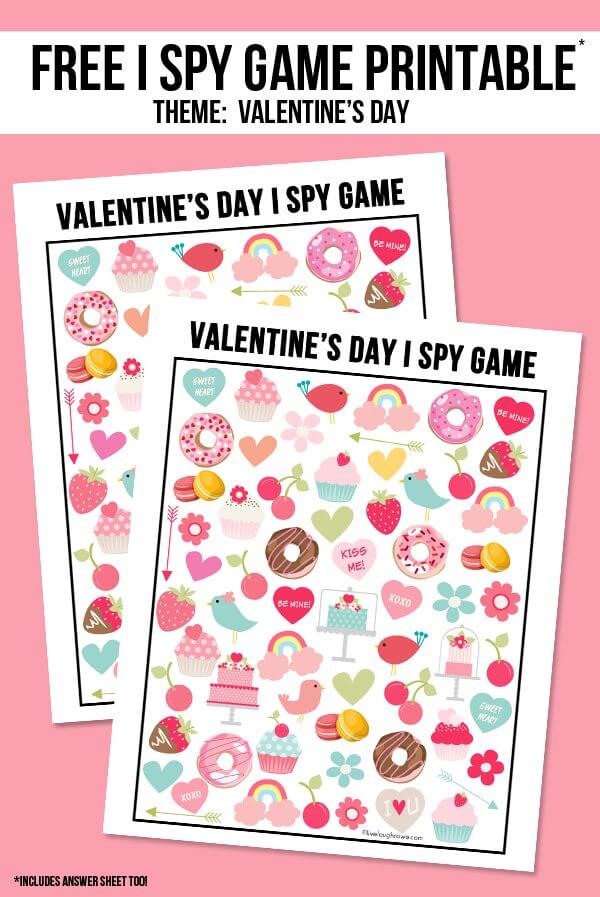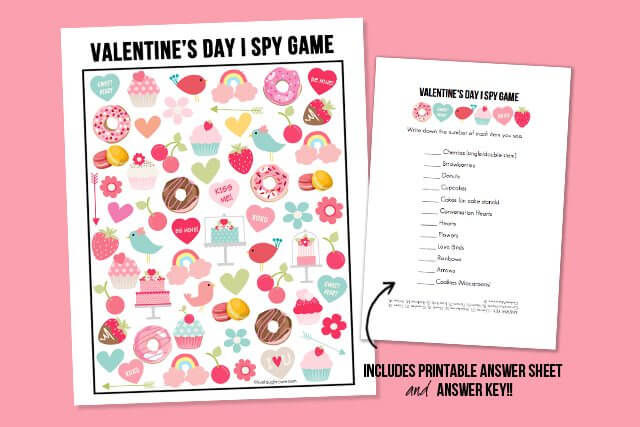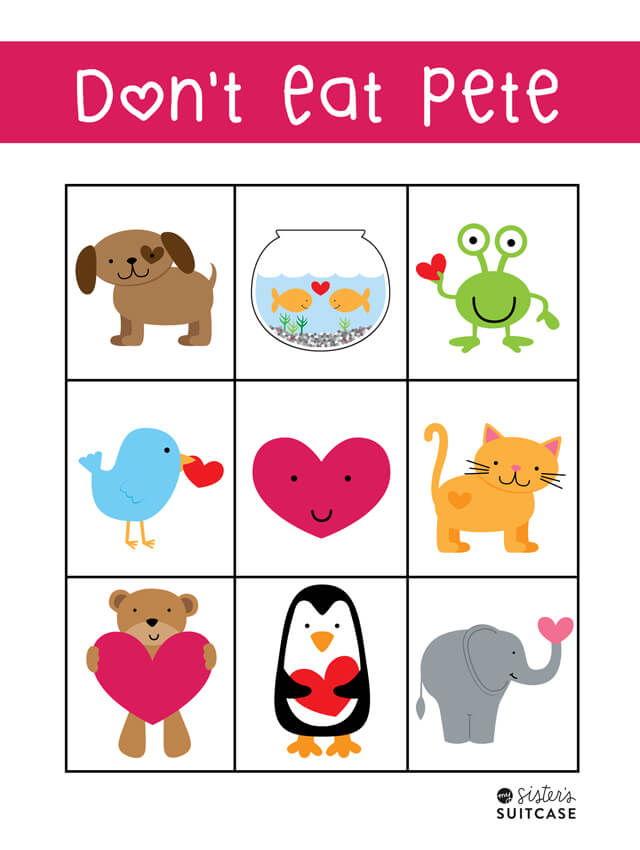![]()
St. Valentine’s Day is just around the corner. In slightly more than a week we will be celebrating the day of romance. I am sure not many of you are aware that the day of lovers is not only about flowers and red hearts. In England, the country from which the custom of sending St. Valentine’s Day cards originated, not a long time ago it was popular for children to disguise themselves as adults and sing romantic musical pieces while visiting each other in neighbouring homes. But this is not the most original way to celebrate the feast. For example, in Malaysia a competition is held for couples with those in love being handcuffed together to prove mutual “attachment” They are being watched and the winning couple receives a pecuniary prize.
Luckily, we do not have to go that far to make celebrations of 14th February more attractive. For children, this is a day associated first of all with fun and attractions. So LangLion prepared for you 7 ideas to help students – both older and younger ones – take away from a class not only Valentines, but also knowledge.
![]() Valentine Matchmaker
Valentine Matchmaker
For the first game you will need just a ball-pen and a few post-its. On each post-it just write down the name of a famous couple. Those can be characters from cartoons, known from television, or celebrities. Use your imagination because you have total freedom here. Stick a post-it on the back of each participant (a post-it may be also placed on the forehead). Game participants ask each other questions to guess as fast as possible the name of the couple posted on their back. To avoid making the game too simple, it is best to ask questions that others can only answer with yes or no.
![]() Like Two Halves of Heart
Like Two Halves of Heart
The game of two halves is not only great fun but also an opportunity to become familiar with several new words and expressions. This is a St. Valentine’s Day version of the famous Memory game. Cut out a few hearts of paper and on each heart write an expression you associate with St. Valentine’s Day, e.g. cupid arrow or hug me. Cut the hearts into half, mix them and arrange them with words facing down. Participants will have to turn round two halves of a heart at the same time and search for two matching ones. A person who collects the greatest number of matching halves is the winner. Depending on the degree of group’s advancement, you can vary the difficulty level by matching the hearts’ colours or the expressions placed on them.
Heart and Seek![]()
Hide and seek is a game virtually all of us played and there is hardly a person who dislikes the game. This is why our next proposal is based on similar rules. Divide participants into 2 or 3 teams, depending on the number of people. In various places in the classroom or in the school (depending on the what is available to you) distribute hints and clues. Those can be for example hearts or arrows with a clue where another one can be found, sweets with a post-it containing a task to be performed, a padlock with a code to be deciphered, St. Valentine’s Day cards etc. The team that performs all the tasks correctly and reaches the target the fastest is the winner.
Heart Beat![]()
If you want to set the company in motion, you have to play the Valentine race. Cut hearts out of paper and write on each of them some instruction: skip, crab-walk, link arms back-to-back etc. Place the piece of paper in a jar or a box on the other end of the room and divide participants into teams. Players one by one (one from each team at the same time), have to run to the jar and draw a heart. The player returning to the team needs to follow the drawn instruction. Continue until each participant of a team performs a task.
The games proposed above are going to work virtually for any group and any age, and to perform them you just need a piece of paper, ball-pen and scissors. But if you want to diversify your classes even more, you will certainly need the printed out the materials below, which we prepared for you.
Valentine’s I Spy Game![]()
A very simple and nice game consisting in finding all elements printed on a card and writing down their number. It works perfectly as a test of reflex and perceptivity. Of course the early bird catches the worm!
Click on the first image to download the PDF with the game. By clicking on the second one, you will download the answer card.
 |
 |
Don’t eat Pete![]()
A game that will be exceptionally liked by the youngest participants. On each square place some treats (those can be candies, cookies, raisins etc.). Ask a child to leave the classroom. In the meantime, other children make a decision on which square Pete is. The selected child returns to the classroom and has one candy at a time until it reaches the square on which “Pete” is. Other children root for the participant by shouting: “Don’t eat Pete!”. The game starts all over when each participant reaches the Pete’s square. The rules can be also changed in such a way that if you guess at once where Pete is, you take all candies 😉
Download Don’t eat Pete by clicking on the picture below
![]() Valentines Roll and Cover
Valentines Roll and Cover
This game is very simple but works for any age. Below we have posted the card you will need. Apart from it, you will also need two dices. Each participant in turn throws a dice and covers the squares corresponding to the number visible on the dices. To cover the squares, one can use both candies and Valentine symbols cut out from paper. The winner is the one to fill the entire card first.
Download Velentine’s version Roll&Cover by clicking on the picture below
The above games are just suggestions you may modify and interpret on your own. It is an interesting idea to rework an old game into Valentine version. A good choice is for example jenga game, where on each drawn block you may add a task or a challenge one has to perform to be allowed to make the next move. And a surprise for the end! Free templates to be printed out and used in virtually each game!
 Hearts – you can find below templates in various sizes
Hearts – you can find below templates in various sizes
Click on the picture to download the template
 Vouchers – if you want to avoid sweet prizes during games, you can use Valentine vouchers. Instead of giving sweets to participants, you can award to them prizes in the form of vouchers authorising them e.g. to have an additional pus for activity or a day without being inquired.
Vouchers – if you want to avoid sweet prizes during games, you can use Valentine vouchers. Instead of giving sweets to participants, you can award to them prizes in the form of vouchers authorising them e.g. to have an additional pus for activity or a day without being inquired.
Click on the picture to download the template
 St. Valentine’s Day cards – they can be used both as attributes for games and as prizes for winners.
St. Valentine’s Day cards – they can be used both as attributes for games and as prizes for winners.
 |
 |
 |
What do you think about LangLion materials for a Valentine’s lesson? If you have any proven ideas on how to add a twist to classes on February 14, write in the comments! Do you know someone who is looking for inspiration for this day? Give him a present and share our entry 😉






